It’s strange the things and moments you end up talking about most at home once you have returned from traveling. At the time I didn’t think I would talk much about visiting Manshiyat Naser (Garbage City) in Cairo, but little did I know it would actually have a deeper impact on me than I thought. I have already written my thoughts on visiting Garbage City in Cairo, but now would like to share more pictures from the few times I visited. Yes I actually went back more than once to a slum of Cairo. Even though I shared this on my previous post I will share it again so you will have an idea of what Garbage City is:
““Garbage City” is actually named Manshiyat Naser, but everyone knows it as “Garbage City” because it’s a city where the economy revolves around the collection of garbage. The cities trash is brought here by the Zabbaleen (arabic for garbage people) who then sort through it to retrieve any potentially useful or recyclable items. The living conditions are very poor and the city lacks any infrastructure. It does have streets, shops and brick apartments, but has no running water or sewage and minimal electricity. The majority of the population in the city consist of Christians that have come from all over Egypt in waves of migration over the last 100 years. Within the city at the end of it you will find one of the most beautiful and unique churches in the world. The Monastery of St. Simon the Tanner is the largest church in the Middle East with capacity of seating 20,000 people.”
The reason I mentioned that I talk about this often is because it’s one of the things that I am having trouble with now that I am home. I have trouble grasping what a consumer use consumer throw away society we have become. My habits have changed, because I have seen the damage we are doing around the world. When people ask me what moments changed me most, this is one of them. This opened my eyes to the horrors others are living in and the luxuries we take for granted at home. For example here at work we get free sodas, snacks and free water as well. The water is from a water dispenser and above it you can grab a brand new PLASTIC cup each time you are thirsty. I see people go through several cups a day. I have mentioned to them why not do what I do, bring a big cup from home and refill it every time. That alone will help cut waste, but of course to them it’s not a big deal, they don’t see where the trash may go or think about what it will do to our planet. When they ask me why I care so much I normally mention this, but like most things I mention about my travels, I’m sure it goes in one ear and out the other. Sounds harsh, but I’ve learned most people don’t care to change their ways and don’t think by just them changing their habits it could help change the world.
I still remember vividly my few visits to Manshiyat Naser, because before visiting I had never seen anything like it. Yes I had seen poverty, but nothing like this. Each time I visited Manshiyat Naser I learned a bit more and was happy that people were actually making a living from other peoples trash and helping recycle what they could, but it was heart wrenching to see the conditions these people live in to survive. By sharing these photos I am not trying to glorify poverty, but I am just sharing them to remind people of the realities others face around the world.
When I 1st saw this my heart sank… and I wondered how many of those plastic bottles were mine?
A truck transporting cardboard boxes into the city.
A close up of all the cardboard boxes in the truck.
A view of Manshiyat Naser from above. You can see the piles and bags of trash people have on their roofs.
A closer look at some of the trash laying on the streets.
Plastic bottles placed in huge bags.
A child living in Manshiyat Naser, he was very excited to see me there and asked if I can take his photo.
Colorful balconies that make up the homes of the people living in Manshiyat Naser.
An older lady putting laundry out to dry.
One of the many alleys/streets of Manshiyat Naser.
What the plastic bottles become after being processed. They turn them into smaller pieces to sell.
More shredded plastic.
The door to a home in Manshiyat Naser.
Another pile of plastic bottles. They will be sorted to be recycled.
More plastic bottles.
Coptic Christian carvings on the side of a hill in Manshiyat Naser.
A Coptic Christian Church in the center of Manshiyat Naser.
Think of every single plastic bottle you have ever drank from and put in the trash?
Here is a close look at what that looks like.
Children in alley talking while you can see trash all around them.
Homes and balconies of Manshiyat Naser.
Laundry hanging to dry.
2 dogs I found roaming the streets of Manshiyat Naser.
My feet walking through the trash that can be found all over the city of Manshiyat Naser.
Look closely you can see the legs of a worker that was sorting through the trash. He asked me to please not show his face so I made sure I didn’t by capturing the door.
Another alley in Manshiyat Naser.
A child sitting on a pick up truck filled with trash coming into the city of Manshiyat Naser.
In the mist of all the trash people still have stores. This is a fruit and vegetable stand on the corner of an intersection in Manshiyat Naser.
The main entrance alley to Manshiyat Naser.
Clear plastic sorted in a separate bag.
The plastic is sorted by color to be melted and sold by color to be reused by purchasers.
The entrance of Manshiyat Naser as I was leaving for the day.
—
I’m no environmental activist, but remember it only takes one to make a difference. Think about things you do day in day out and see how you can make changes that will help cut waste on Earth.
Have you ever visited a place that has left an impact on the things you do in your daily life at home?
—
POST ABOUT CAIRO
- The Last Goodbye.
- Why hasn’t the Revolution Museum “The Revolution Museum” in Tahrir Sq. made the news?
- My experience participating in Ramadan in Cairo.
- The night I accidentally stole a nightstand in Cairo.
- Al-Azhar Park the “Central Park” of Cairo in photos.
- 60 images from Tahrir Sq. after the historical announcement of Egypt’s new president.
- Witnessing history first hand in Egypt.
- A side of Tahri Sq. the media/news do not want you to see.
PREVIOUS IN PHOTOS
- The detail of Park Guell in Barcelona.
- The colorful town of Burano in photos.
- Athens Street Art in Photos.
- Teapots of Morocco in photos.
- The 9/11 Memorial in photos.
- The evolution of Cairo’s Street Art.
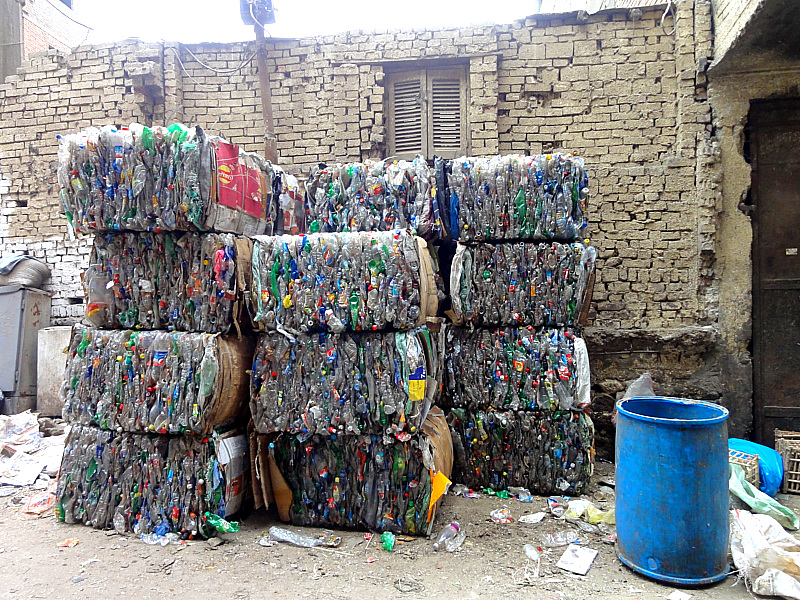


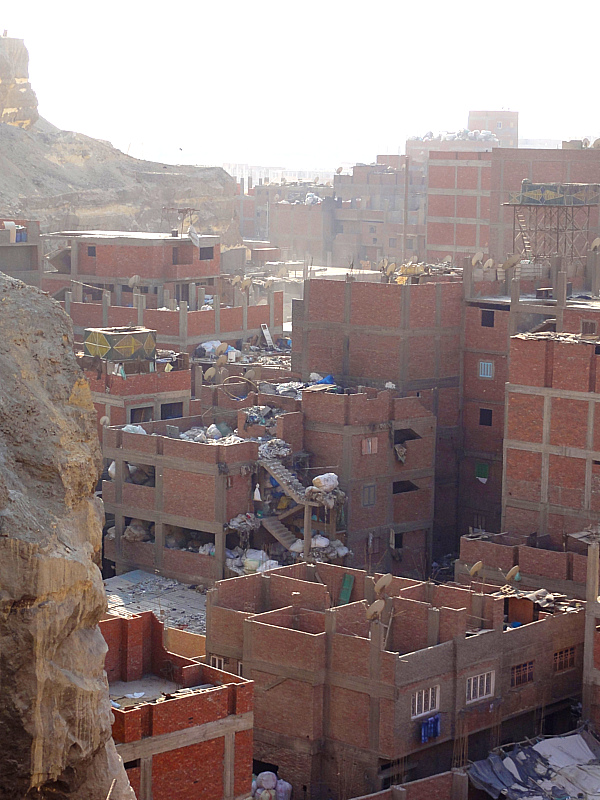
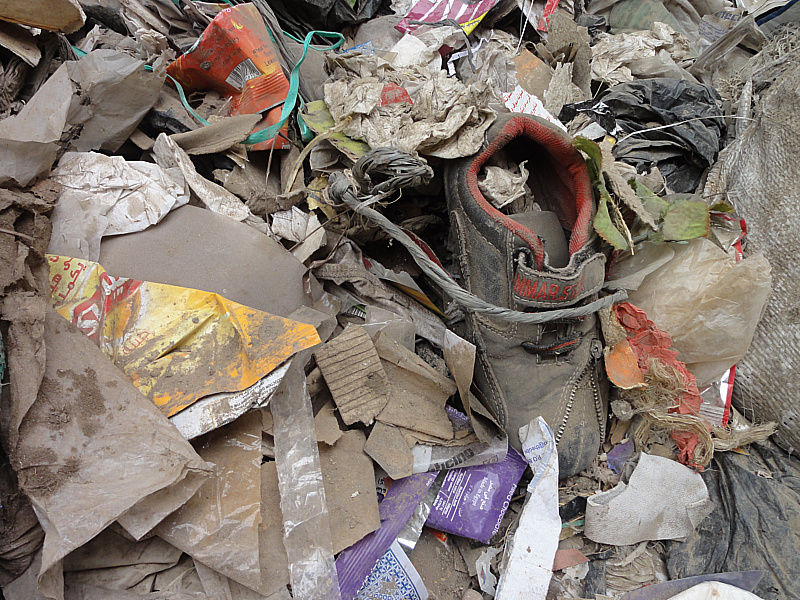

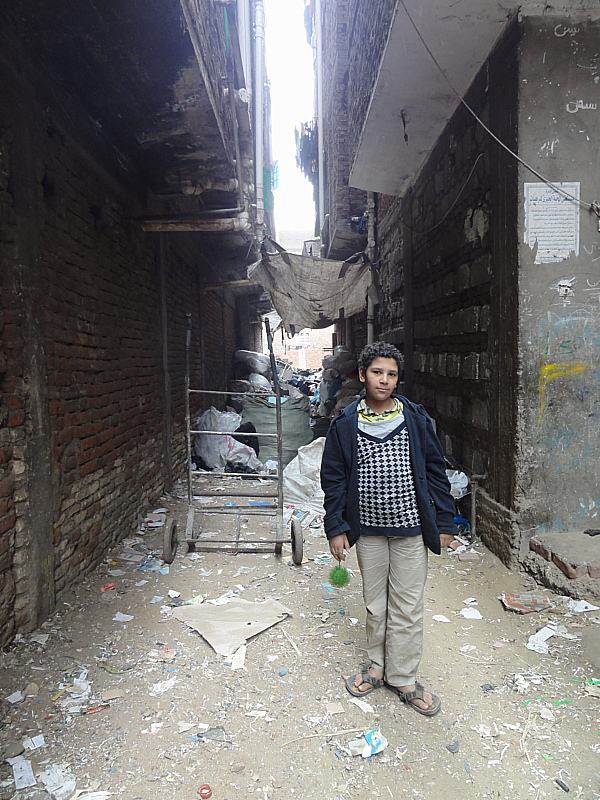
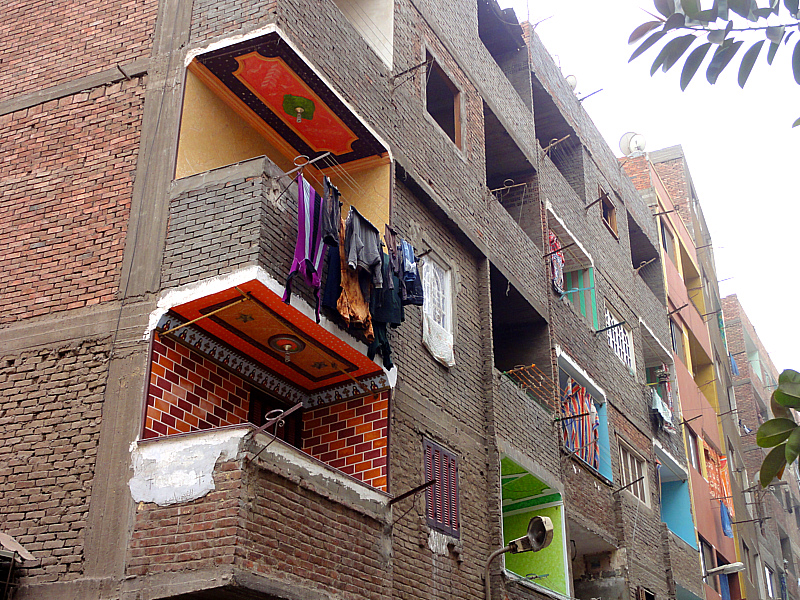

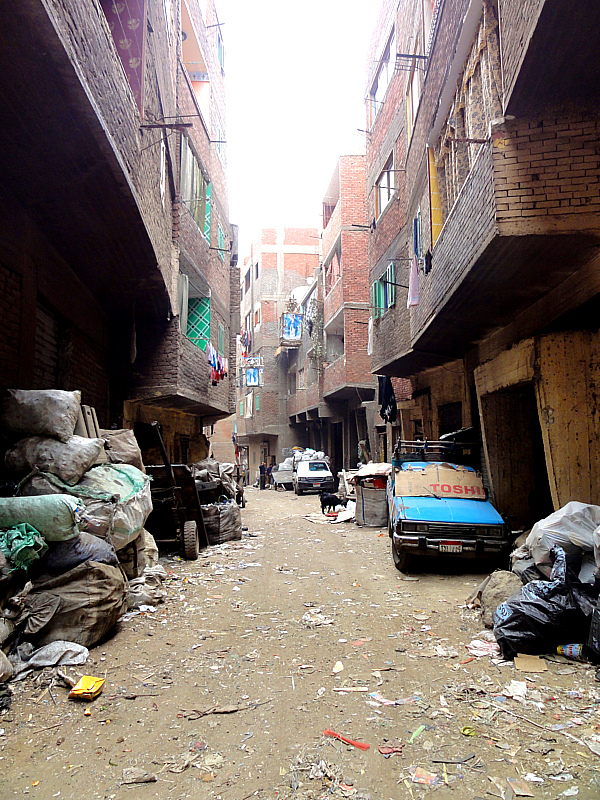



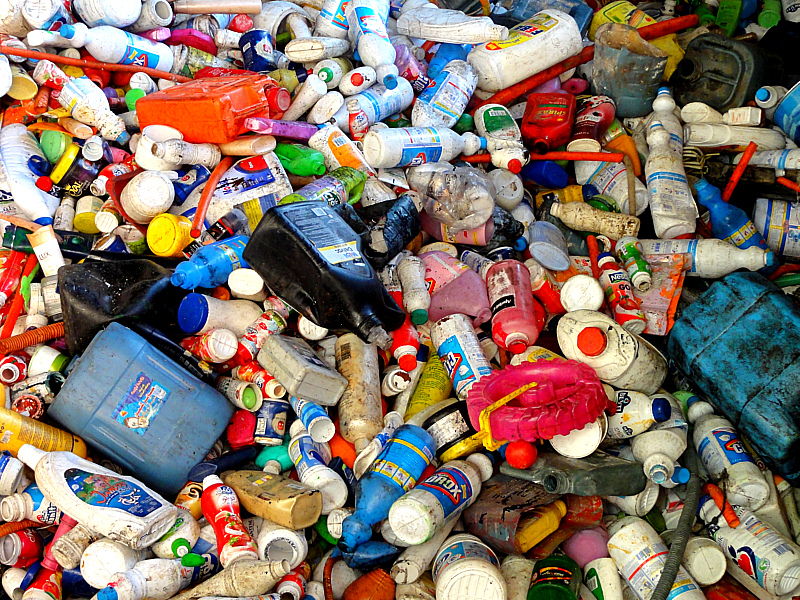
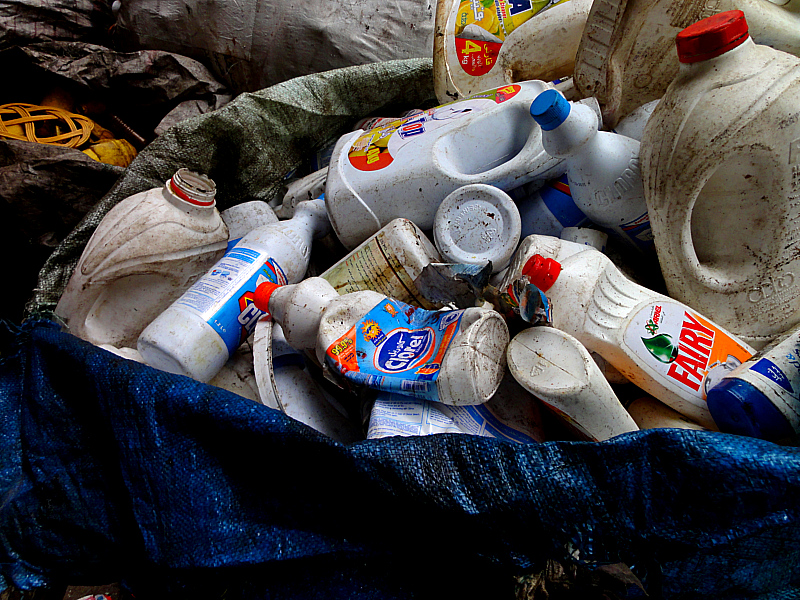
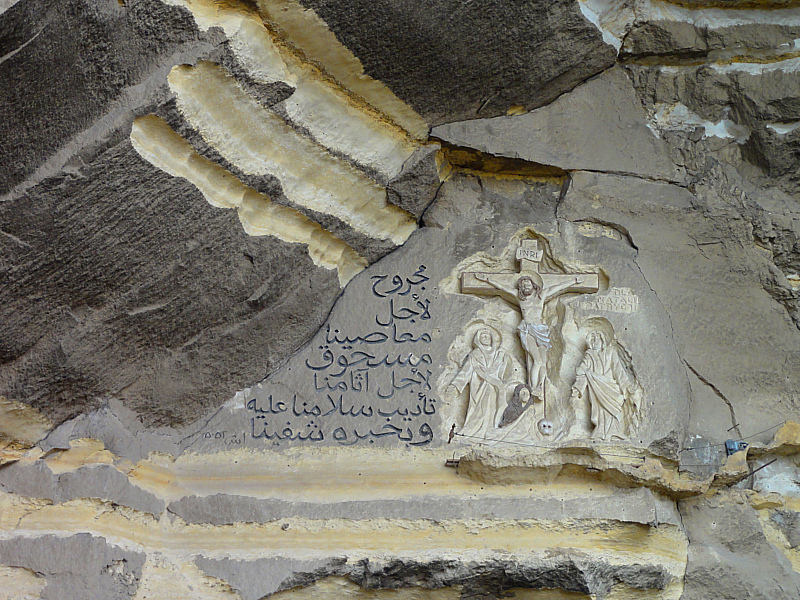

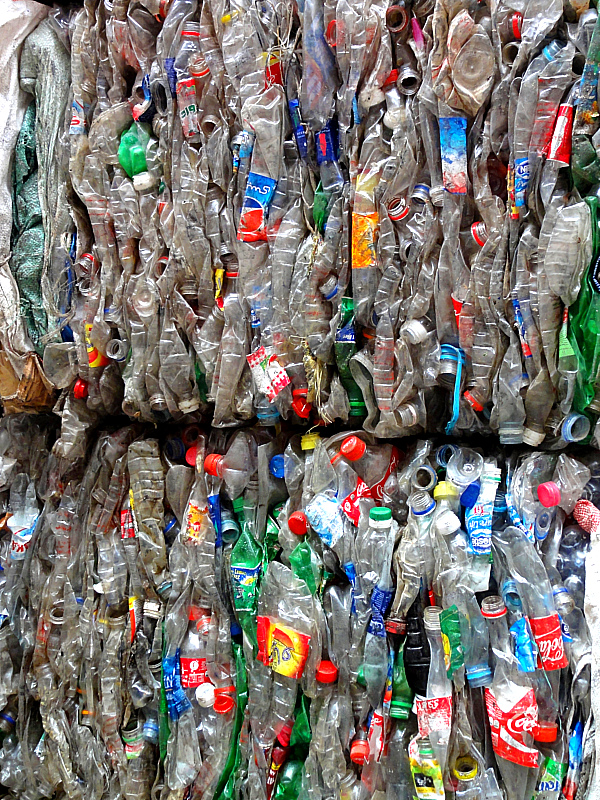
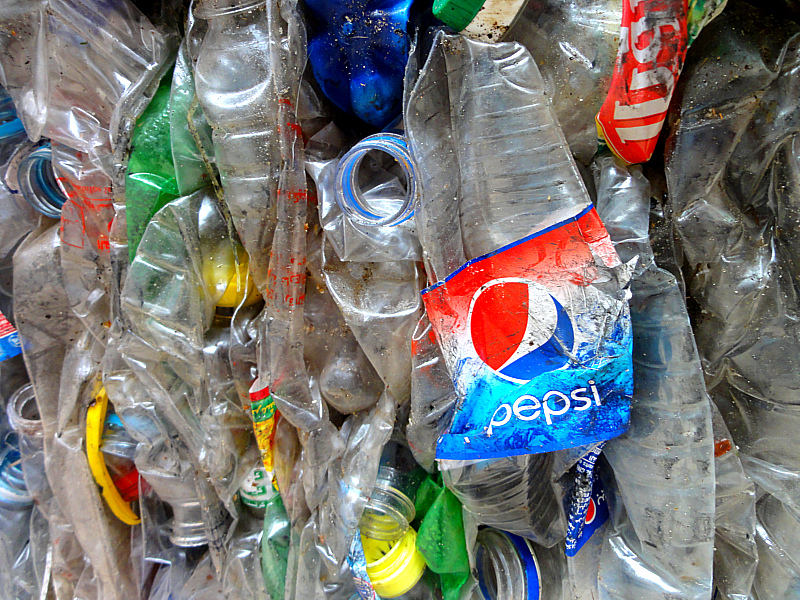
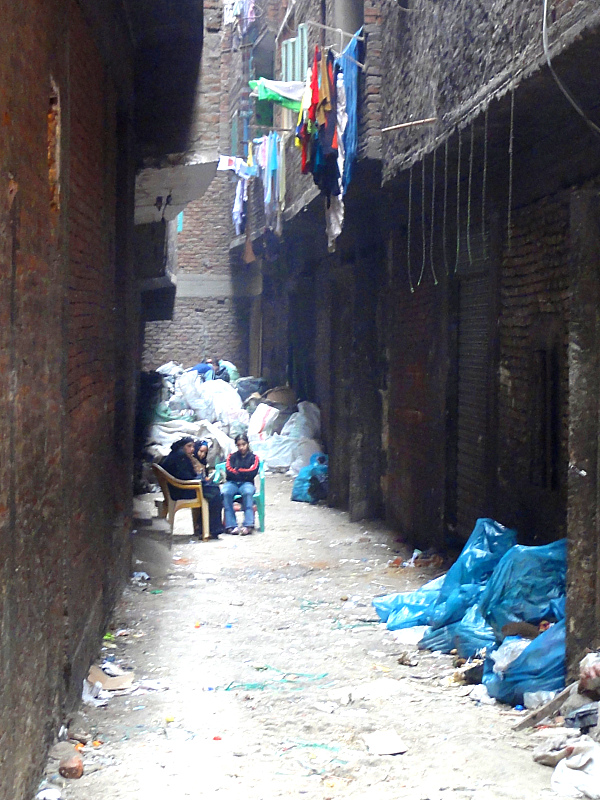


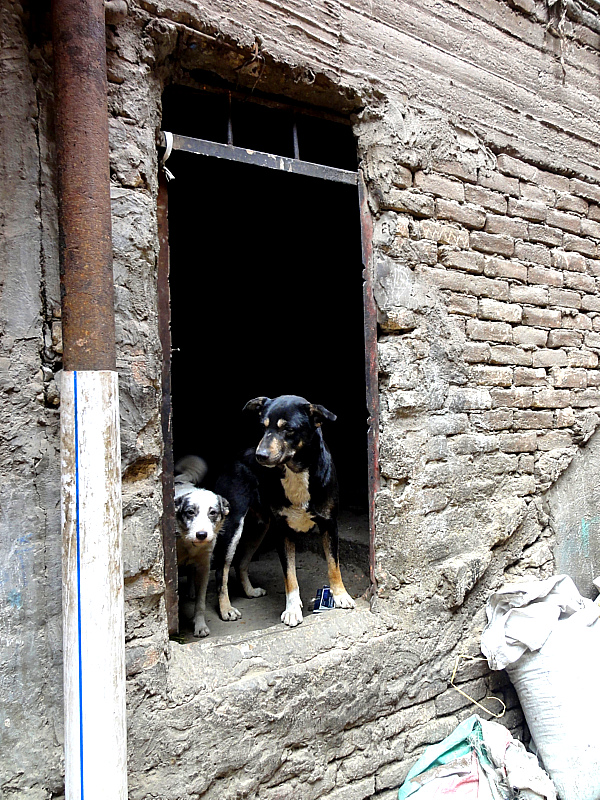
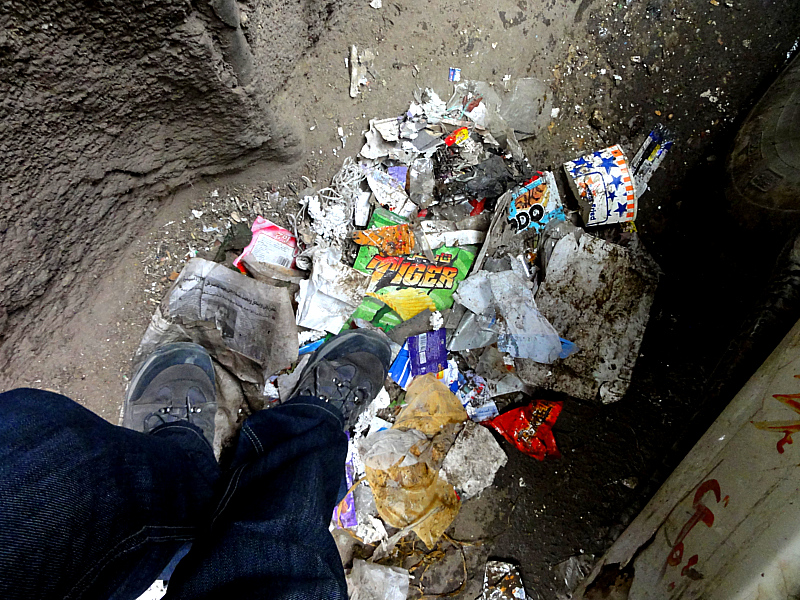

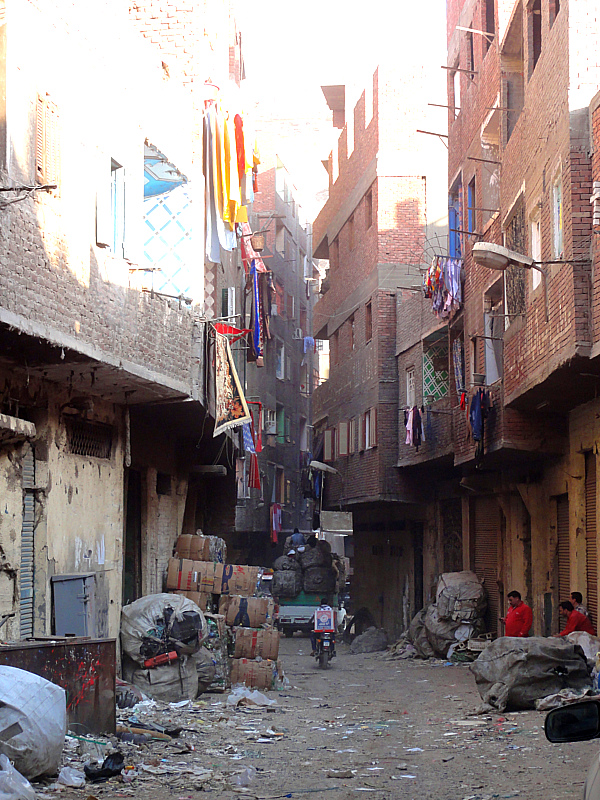
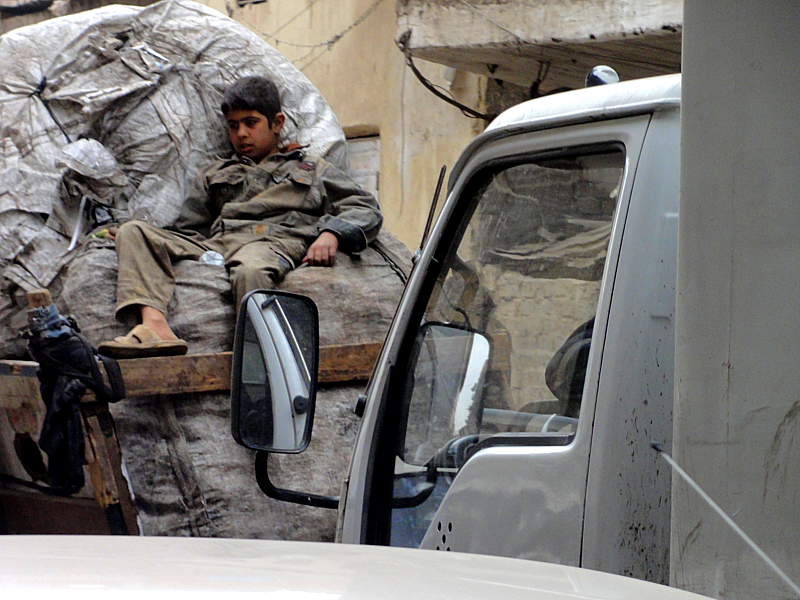

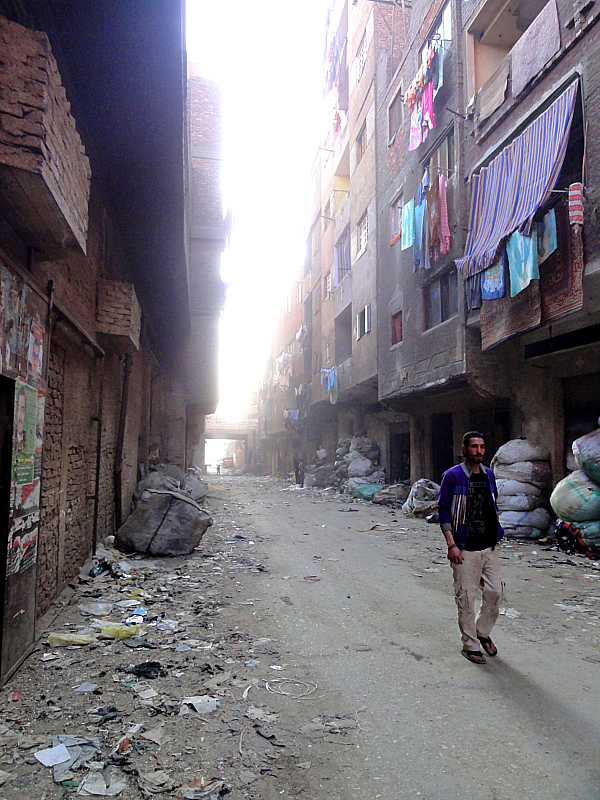

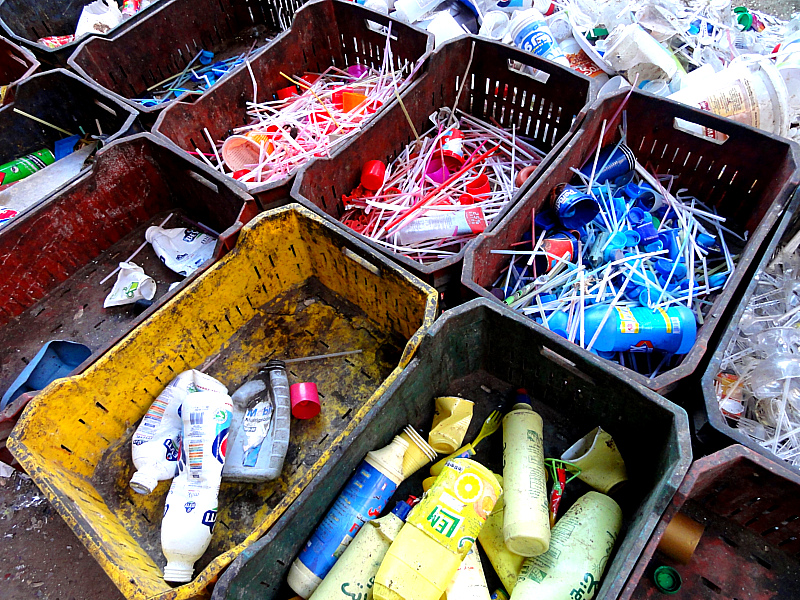
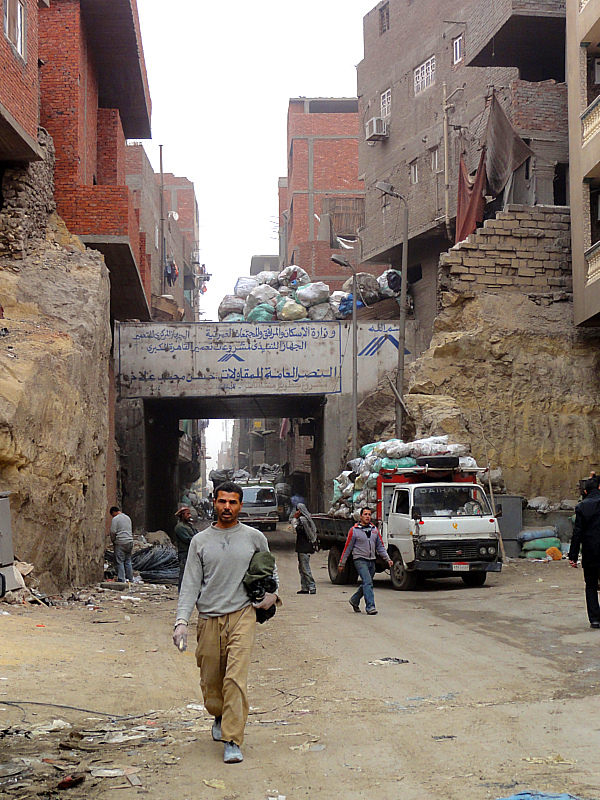
wow, this is really eyeopening
Hogga recently posted..Why Everyone Should Go Eat a Pecker
Thanks Hogga, it is & just wish more people realized it.
I think the ideal solution is to employ those biodegradable plastics on a massive scale. You’ll never get people to recycle properly, so you might as well make their garbage habits less damaging. In the meantime, there’s that plastic vortex in the Pacific Ocean, where all the plastic waste that ends up in the oceans gathers in a massive island the size of Texas. Um, free raw materials? Why is no one just converting that to use again? Oh well. But biodegradable plastic will eventually solve this problem. Unfortunately, we’ll have to wade through trash in the meantime.
SnarkyNomad recently posted..36 awesomely awful backpacker pickup lines
I agree with you, it would just be better if we could find a way to make all of our waste biodegradable. Hopefully one day we do get there. As for the vortex in the middle of the pacific I have heard of it and that is just horrible and just shocking. I try to reduce how much plastic I use every day.
Here’s some good news about the Pacific Garbage Patch: http://www.boyanslat.com/plastic5/
Someone with an engineering degree is working on it. Thank god for this person and his team.
I would like to disagree on your assertion that you are not an environmental activist: each little gesture counts. You are now an environmental activist! 😉
But really, it’s the 3R: Reduce, Reuse, Recycle (in that order)
Thanks Lucie, for sending me the article on the Garbage Patch. It’s crazy how much is out there and I’m happy to see people are trying to do something about it. You are also so right about that, I am an environmental activist now! I hope more people use the 3Rs!!!
The biggest thing for me, similar to what you mentioned about your workplace, is how many people drink bottled water instead of tap water. I saw this a lot in the US this year and I have no doubt it happens a lot at home in the UK too. If they don’t like the taste of tap water, then they can buy a Brita filter, but please don’t use a plastic bottle every time you want a drink. There are countries who would kill to be able to drink their tap water – it’s such a waste.
Julia recently posted..Where To Stay In Amasya: ILK Pansiyon
OMG JULIA, YES BOTTLE WATER!!! Everyone does that here… EVERYONE. I should have mentioned that because I tell people about that all the time too and tell them of all the plastic I saw everywhere. Oh man it drives me insane and is why I drink tap water where ever I can. When I lived in Cairo, it wasn’t until the very end that my body was getting used to the tap water there and I was excited to stop buying so much bottled water. It’s really such a waste and just horrible for our environment.
I totally understand how you feel about plastic and waste. I’ve been conscious of the environment since I was a little kid in 4-H and went on a field trip to a recycling facility. Since I became a minimalist, I’m more aware of the damage excessive consumerism can do to the planet in terms of the waste generated for a single product.
I never understood how people could be so wasteful at work. Just like your work environment, they would take a cup (plastic or paper), use it once, toss it, and come back for another one later – several times a day. At one company I use to work for, they provided tea and coffee to employees, but it came in the form of individual plastic k-cups. Can you imagine how many plastic k-cups people went through in the course of day?
To live is to consume, but far too many people overconsume in their daily lives. Most people don’t have to see what happens to their trash when they throw it out, so they don’t care. I think that most people feel like recycling is enough. While that helps, it would help even more if people avoided some types of packaging (when feasible) and do simple things like bring your own mug/water bottle to work.
When the men return to the village with the collected trash, usually their families are waiting for them so that they can begin sorting the trash. The majority of the those who sort the trash are women, while certain families specialize in sorting certain materials such as paper, plastic, aluminum, glass, etc. The women and children sort the garbage into 16 different types of trash and sort out the recyclables.
Lori Dominguez recently posted..No last blog posts to return.
Lori, I remember seeing the families sort through it as I walked around. I never took photos of them out of respect. I’d love to go back and learn more about how they do it and so on. How do you know so much of the process?
I must have missed your previous post about this place – this is the first time I’ve ever heard of a garbage city in Cairo. I think you’re so right about people simply not caring. In South Korea, it was the norm to recycle, and you’d get scolded if you were caught taking out garbage that hadn’t been sorted. I’ve tried to convince my family t recycle here in the UK, but they simply don’t want to – my mum’s exact reaction was, “I know it sounds bad but I just don’t care.” Sigh. I wish people would think of the future more, but like you say, they have no idea what really happens to the stuff that they throw out, nor think of the implications for future generations.
Tom @ Waegook Tom recently posted..Sanur Night Market in Bali, aka Food Heaven
Yeah Tom, it’s not something most people visit when they go to Cairo. It’s so sad that people really just don’t care. You’re right that they just have no idea what happens to the stuff or what it will do to future generations. I’m happy to hear that S.K. has a great recycle program. Here in the US some cities have it others don’t. It’s a huge mess if you ask me.
Wow, I’m speechless, I’ve never seen something like that in person. People consume and use things withouth realizing how they could be more eco friendly instead, there isn’t enough awareness. Thanks for sharing!
Franca recently posted..Weekend Photo Theme – Christmas Markets
Hi Franca, it is so shocking the amount of things we consume that cause so much trash. I wish more people did realize that.
that is absolutely crazy!!!
I know my thoughts exactly Rebecca.